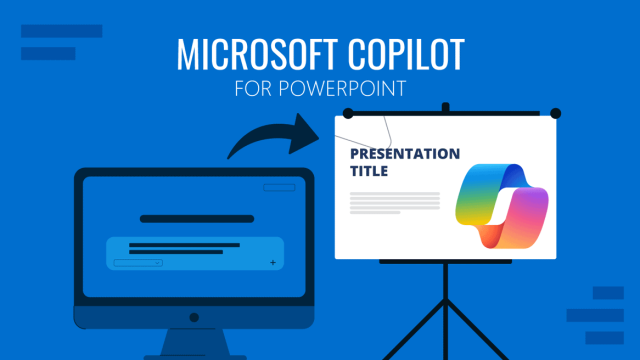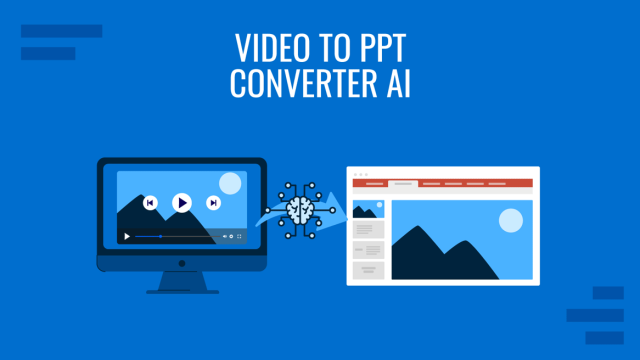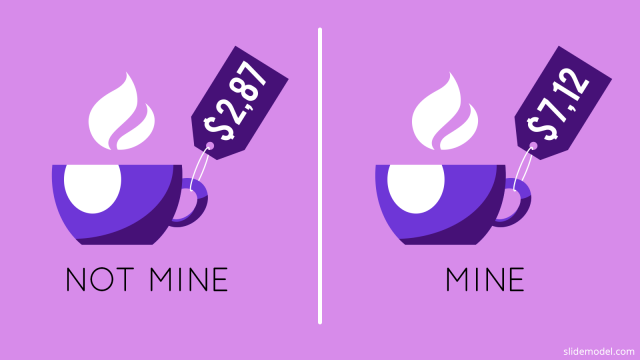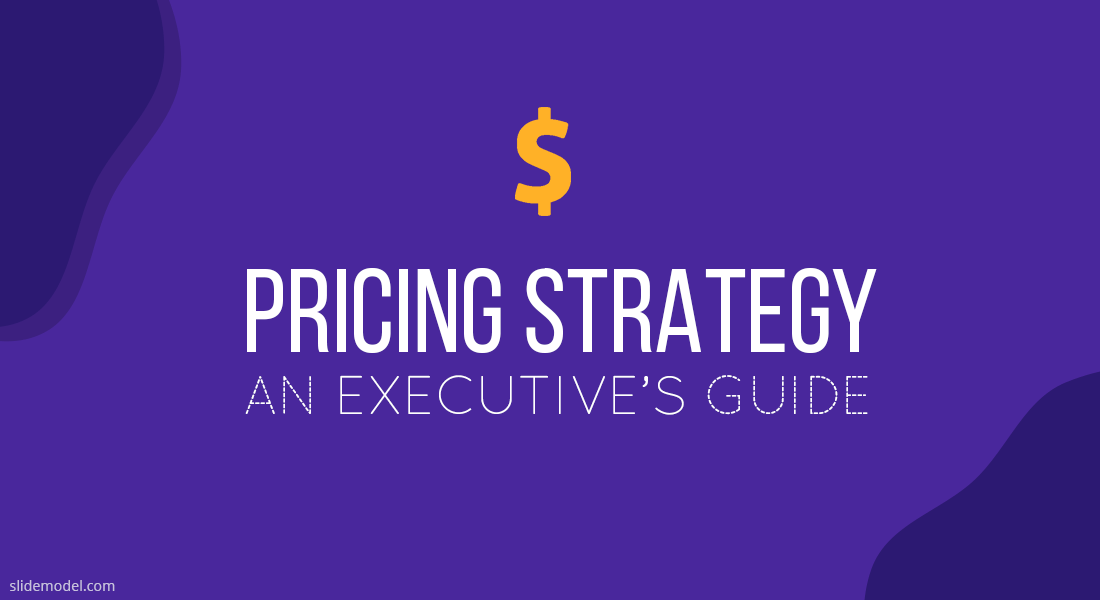
Ever wondered why the two seemingly same products come with a rather different price tag? Well, that’s the pricing strategy in action — something every business works hard to get right. After all, your profits largely depend on how accurately you estimate your customer’s inclination to pay a certain dollar figure for your offer.
So buckle up, this is a long post, explaining how to set competitive pricing for the products and services you are selling, using various models and approaches.
What is Pricing Strategy?
A pricing strategy is your approach to selecting the best price for your products or services. Clearly, that’s no simple or straightforward task. But a very important one. After all, as Utpal Dholakia, author of How to Price Effectively: A Guide for Managers and Entrepreneurs writes:
“Small increase in prices while maintaining the firm’s sales and cost levels generates a significant boost to its profit.”
The good news is that much of the legwork has already been done before you. Today, you have at least three major data-backed product pricing strategies to lean on when you are trying to put a dollar figure on something:
- Cost-based pricing — prices are based on COGS (cost of goods sold), plus an appropriate profit margin for the industry.
- Customer-driven pricing — prices are set to represent the customers’ perceived value of your products. A common strategy among luxury retailers.
- Value-based pricing — prices are based around how much the customer thinks your product is worth.
These three types of pricing strategies are just the tip of the iceberg, however, as you’ll learn from today’s post. So let’s jump in!
The Main Types of Pricing Strategies
Penetration pricing
A penetration pricing strategy assumes entering a new market with a deliberately low-priced product to undercut the higher-priced competition. It’s a cheeky pricing strategy that can generate major results (and returns) in the short-term perspective.
Also, it’s a ‘favorite’ among telecom, software as a service (SaaS), and other subscription-based companies who lure in the initial customers with super low offers and after the customer is all settled-in, they propose a price tier.
Arguably the most prominent example of penetration pricing strategy in action is Android OS and phones. To secure the initial market share, Android made its software open-source (free) so that it could be easily installed and adapted to a multitude of smartphones and other portable devices. Apple, on the contrary, sticks with a skimming price strategy that we are also discussing in this post.
Pros of penetration pricing:
- Faster customer adoption for new products.
- Allows you to gain tangible profit even with low-profit margins.
- An aggressive go-to-market approach that can get the competition off guard.
- High product turnover that keeps your supply chain partners happy.
Cons of penetration pricing:
- Dilutes your brand. Charging higher prices can get problematic in the future.
- Attracts a lot of bargain-seeking consumers who may not be loyal in the long term.
- Low customer lifetime value (LTV) can undermine profitability.
- Price wars with competition — there will always be an even cheaper player.
TLD: Penetration pricing may work at the early stages of go-to-market, but it’s not a viable long-term pricing strategy.
Dynamic pricing
Dynamic pricing (also known as surge pricing) means that your price policies fluctuate depending on the market demand, seasonality, or other conditions.
If you ever hailed an Uber, you already experienced just how dynamic pricing works. Airlines, hotels, and utility companies are other well-known adopters of this pricing strategy. Most rely on sophisticated algorithms (rules- or AI-based algorithms for price optimization) to pin down the optimal price based on competitors’ pricing, customer’s location, current demand levels, and hundreds of other factors.
For instance, Airbnb is said to use some 70 data categories to automatically generate the cost per night at one of the listed properties. The platform uses factors such as seasonality, individual listing popularity, the scope of amenities, on-site and off-site customer behavior to continuously generate the best-optimized price.
The earlier mentioned How to Price Effectively book, the case of Indianapolis Zoo switching to dynamic pricing is analyzed. Indianapolis Zoo switched to dynamic pricing back in 2014, transforming its business model. In the past, tickets used to cost ~$17. After they adopted dynamic pricing, the ticket could cost anywhere from $8 to $30. Several factors are analyzed to determine ticket prices dynamically. Their price optimization strategy is combined with differentiation in prices between low-demand weekdays and high-demand weekends. This is one of the success stories on organization switching to dynamic pricing, but will be dynamic pricing used in the future? Other authors have written about dynamic prices in Arts, like Michael Rushton in his article “Why Is Dynamic Pricing So Rarely Used?“.
Pros of dynamic pricing
- It allows you to maximize your profits at all times and meet the revenue goals due to more responsive pricing.
- You don’t need to think about how to price a product — the algorithms do that for you.
- Your prices are always in-line with the competition.
- Dynamic pricing can be effectively paired with promos and special offers.
Cons of dynamic pricing
- Building a proprietary dynamic pricing algorithm requires significant investments, plus time. Adding Artificial Intelligence may increase its costs even more.
- Price surging can create a negative customer sentiment around your brand. It’s not among the most customer-centric pricing strategies.
- Using an off-the-shelf solution isn’t always cost-effective or feasible if your operations sit atop of legacy systems.
- Algorithms glitch and provide the wrong prices. There’s a ton of resources online teaching how to find airline ‘error fares’ — extremely low prices, generated by an algorithm/.
TLD: Dynamic pricing is challenging to get right and expensive to go wrong since a misconfigured algorithm can do a major image to your brand.
Skimming Pricing
Price skimming stands for the practice of charging the highest price for a newly released product and then gradually discounting it as it becomes less popular and in-demand. Apple is a prime example of a skimming pricing strategy. However, their approach has a bit of a twist: not only do they sell new products for a high price and then slightly discount older models, but they also continuously raise prices for the newer interactions. Over the past years, Apple has significantly raised the base price of new iPhones. The cost of the flagship model has risen from $600 in 2007 to $1,449 today.
Most companies selling tech products stick with this price strategy and so do some clothes retailers.
Pros of price skimming:
- This strategy helps recover certain sunk costs for products that are losing their demand/relevancy.
- Early-adopters drive the demand for new releases through word-of-mouth marketing.
- Works best for brands with a cult following.
Cons of price skimming:
- At the same time, those early adopters can be annoyed when you significantly drop the price later on.
- It can create a toxic competition where other brands attack you by offering lower prices for similar products.
TLD: Skimming pricing strategy isn’t something every brand can pull effectively. To command initial premium pricing, you’ll have to carefully justify what makes your product worth that or create desirability in some other way (e.g. via marketing and hype).
Value-based pricing
As mentioned already, a value-based pricing strategy means that you model your price around some ballpark number that you think your target buyers are ready to pay. In essence, you try to (guess)estimate the customer’s true willingness to pay a certain sum for your offerings.
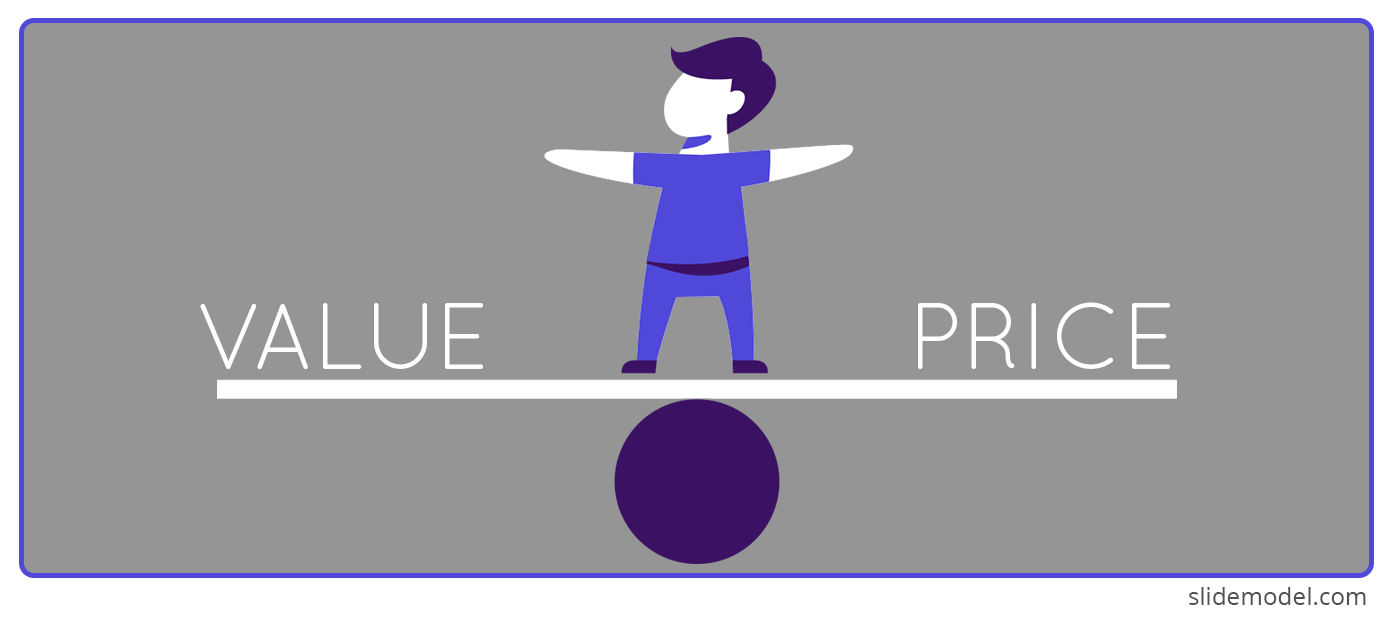
However, as behavioral economics explains pretty well, a lot of our decision-making is driven by physiological, emotional, and cognitive factors (including bias). This makes value-based pricing a bit of a hard nut to crack correctly unless you already have a deep understanding of your target market and audience.
A good pricing strategy example, in this case, would be the art world. While auction houses base the initial price estimates on a variety of data points e.g. the author, age, style, etc. of the painting, the bulk of the price is determined by their buyers and their willingness to pay more for something they believe to be valuable.
Pros of value-based pricing
- As it’s fine-tuned to match your customers’ expectations value-based pricing can create loyalty and a positive customer sentiment around your brand.
- Works well in highly competitive and price-sensitive markets where you are risking to avert too many people with the wrong price.
- It can signify prestige — well-thought after brands have the luxury to charge premium prices.
Cons of value-based pricing
- If your product is (or becomes) a commodity, you’ll have a hard time setting a higher price.
- Price increases may not go well with your customers unless you ‘pad’ some extra value to justify it.
- You may need to come up with a tiered pricing strategy to meet the ‘value factor’ for various customer segments.
TLD: Value-based pricing can be hard to pull-off correctly without sufficient market search and a deep understanding of your target audiences. Thus, this strategy works best in tandem with other pricing models.
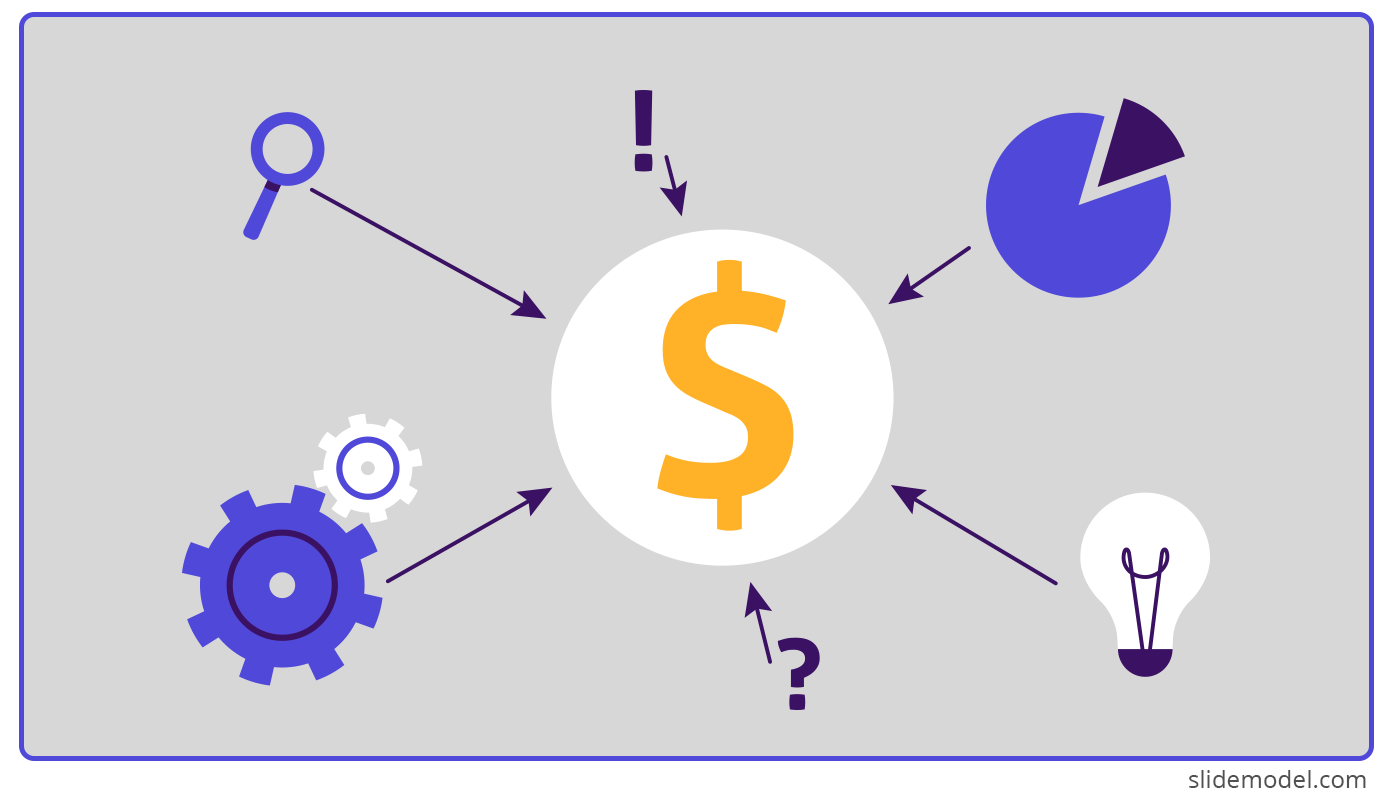
Cost-based pricing
Cost-based pricing strategy is pretty straightforward — you base your product price around the cost of its production, manufacturing, and distribution (or COGS). What you do next, is add a profit margin — a percent of profit you want to make from each product — to the COGS and pitch it to customers.
It’s a somewhat static pricing approach that does not leave much wiggle room for experimentation. You can either set a:
- Cost-plus price — your COGS multiplied by (1 + the markup amount).
- Break-even price (or target-return price) — your fixed manufacturing cost + target return divided by price minus variable cost. In essence, this formula helps you estimate how many units you need to sell to hit your set return on investment.
Now in some cases, such an approach can work. Everlane, a DTC clothing brand, that practices radical transparency shows on its website the true cost of manufacturing each garment (COGS), plus their markup. Considering that the company was valued at $250 million in 2016, such an approach to pricing works for them.
Pros of cost-based pricing:
- Straightforward option, popular among manufacturing companies and small business owners.
- Easy to figure out without much prior research.
Cons of cost-based pricing:
- This pricing strategy does not take into account the consumer demand and competitor prices, which can be problematic for profitability too.
- There will always be a competitor, producing the same product for less, and thus undercutting you.
TLD: Cost-based pricing usually results in dramatically different prices from the average market rate. In other words, you can be priced out by the competition. Or, on the contrary, severely under-charge and lose profits.
Psychological pricing
The earlier mentioned How to Price Effectively book offers a great definition for this pricing strategy:
“Psychological pricing is a set of strategic and tactical managerial pricing actions designed to influence consumers’ perceptions, decisions, and behaviors through processes of thinking and feeling. Its goal is to deliver a high degree of value to target consumers, while concurrently generating healthy revenue and profit for the business.”
Some of the popular price strategy examples and methods include:
- Bracketing — forcing a customer to choose the most desirable product (for you) by providing them with several different options, at a different price. It’s a common trick in SaaS space, where users get pitched with a low-priced limited subscription option, preferred median option, and premium-priced advanced one.
- Charm pricing — stands for the practice of charging odd-numbered prices e.g. $33 or $20.99. The well-known “nines trick” does work as research found that most consumers view products ending at .99 as more affordable than those ending in .00.
- Innumeracy — one of the most popular price strategies in marketing. It boils down to using text descriptors, instead of numbers when pitching a deal. Psychologically, we are more inclined to believe that “two products for the price of one” is a better deal than “50% off product X”, which is technically the same thing.
Pros of physiological pricing
- Great for seasonal promotions, special SaaS deals, and other marketing experiments.
- They are easy to pull off and require little effort.
- Such quick-fix strategies strike a chord with a customer without under-cutting your profits.
Cons of physiological pricing
- Does not work well with every type of customer, especially the more conscious shoppers.
- Some customers may feel as if they are being manipulated and this can create a negative sentiment around your brand.
- When overused aggressively this strategy undermines your brand’s credibility.
TLD: Psychological pricing isn’t a standalone strategy, but rather a set of complementary practices you can use to augment your main approach.
Bundle pricing
As the name implies, a bundle pricing strategy means that you mesh up several products or services together and put a total price tag on them.
You can also sell these products individually for a higher price or offer either of them as “complementary”. In both cases, you reinforce the idea that your customer is getting a great deal.
Bundle pricing is popular among subscription services, software products, and restaurants. The famous McDonald’s menus are pure-play bundles. Also, some venues offer ‘prix fixe’ menus where you get a starter, main course and dessert for $40, instead of paying $25 for a single dish a la carte. Cosmetics kits, featuring several mini-sized products for a discounted price, are another good example of this strategy in action.
Pros of bundle prices:
- Bundles can help with stock turnover since you can pair less popular products with the best-sellers.
- Help you introduce customers to new products and hook them up late on
- Appeal to the bargain-seeking customers who are hunting for good deals
- Introduce your products to a wider array of customer segments.
- May encourage some consumers to spend more than they planned due to the higher perceived value of the bundle versus individual products.
Cons of bundle prices:
- Bundles can majorly cannibalize the sales of individual products or services if assembled suboptimally.
- Some customers may be less inclined to buy bundles since they prompt them to overspend.
- You are forcing people to buy products they may not be interested in. This can create a certain tension.
- Bundles = discounts, meaning you are getting a dip in revenues eventually.
TLD: Bundle pricing works like a charm in certain industries. However, you should not over-do it or else you risk diluting the value of your standalone products or services.
Recommended Reading
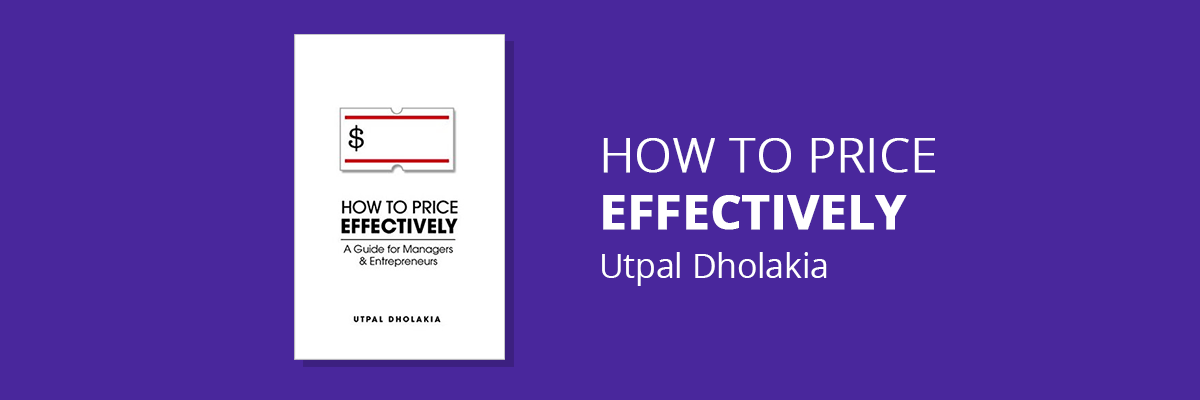
Recommended reading: How to Price Effectively by Utpal Dholakia.
To Conclude
Pricing is both an art and science. As this post is well-illustrated, you have a lot of approaches to figuring out how to price your products, using both data and physiological principles. All you have to do now is put several of these approaches to a good test, analyze what works best, and work on further refinements as you develop more insights about your target market and audiences.
